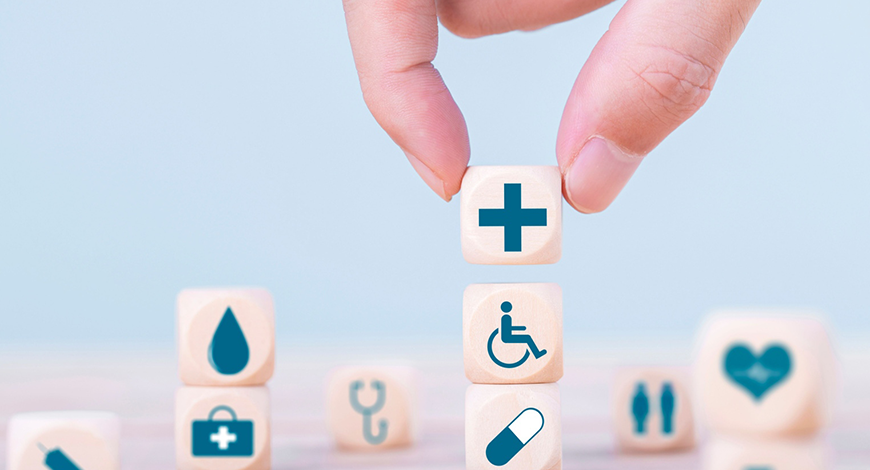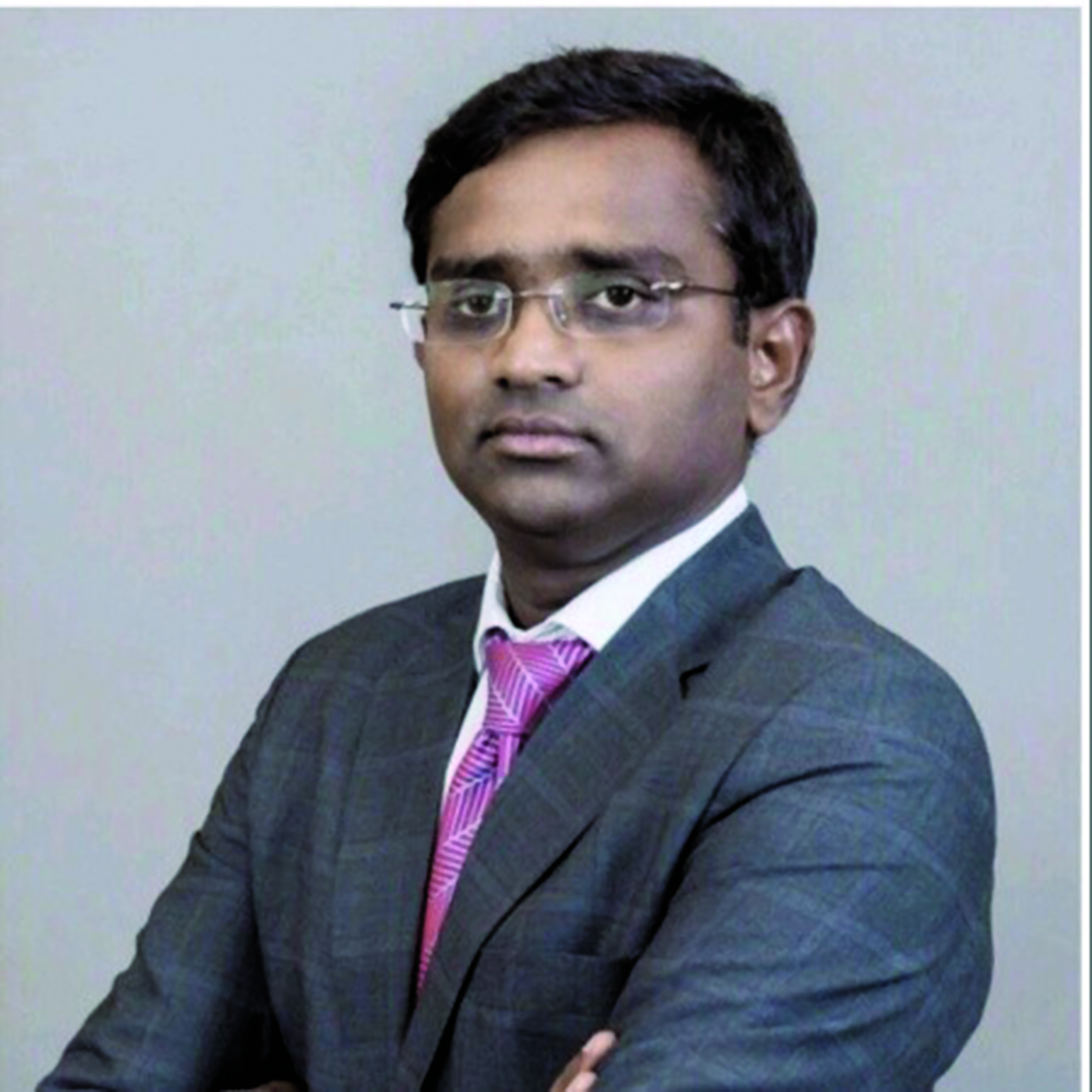Industry
Simplifying medical offering

Bharat Health Stack once implemented will digitize the 6 billion health transactions recorded every year., a humungous task indeed!
Government initiatives like India Stack, UPI, AA, ONDC, and Health Stack have helped and will likely help India leapfrog other countries toward creating a robust digital public infrastructure (DPI), allowing Indians to have access to multiple services in a cheap, digital, and frictionless manner. The common aspect for these platforms is that they are inexpensive, widely available, interoperable, scalable, and based on open architecture. Besides, they follow principle of democratization of access and ensure user/merchant privacy, i.e., consented usage of data. Private sector can also leverage these platforms by building applications on top of this. Open architecture platforms do not lead to winner takes it all but help innovative models win.
BofA Global Research takes a deeper look at how Health Stack would benefit hospitals and diagnostics companies, as it would lead to faster turnaround and lower insurance fraud.
Bharat Health Stack
BHS is an ambitious government plan to digitize health records of all Indians, and to issue an ID card containing all relevant information about medical conditions, tests, etc. One of the intentions is also to provide insurance to the poorest people in the country, and act as a backbone to medical infra so that no single private entity could dominate this space. The Stack is designed to bring a holistic view across multiple health verticals, and enable rapid creation of diverse solutions in health – thus giving citizens choice of availing service from any service provider irrespective of the platform. This cloud-based digital health framework would be owned and operated by the government and is usable by the Center or States as well as the private sector.
How it works
The concept still is not implemented. The way this is expected to work is a consumer via an app could access a QR code to register for an appointment in a hospital. This would lead to the consumer registered (profile sharing). The hospital would then send a request to share previous reports/medical history. This is consent and health data sharing would be done via a similar consent manager like in AA. Post consultation, the doctors’ new prescription will be updated in the digital health records of the patient. The patient could look to then schedule follow-up, do tele-consultation or order online. Even insurance claims could be instant and seamless. Such an integrated solution will allow the entire healthcare ecosystem to work well to offer a more value-added offering to consumers.

Kiran Gopal
Director,
National Health Authority (NHA)
The government is working on making the health data of Indian citizens interoperable, which will also serve as a single source of truth.
In India, 6 billion health transactions happen every year. The government’s objective via BHS is to eventually capture all of them digitally and leverage data to provide additional value-added services. Currently, we note that 300 million people have been given Ayushman Bharat health account numbers (insurance financed by the government) and more than 110 million records have been exchanged in this interface. So, there is a system already in place for easy sharing of personal heath data with corporates, hospitals, and insurance companies.
 Prashanth Prakash
Prashanth Prakash
Partner,
Accel, India
Service providers in the health sector are diverse and the health Stack in India is a complex problem, and if we are able to solve this we could penetrate the global health market.
The entire ecosystem benefits
The interoperability between various stakeholders will foster innovation. Starts-ups with better business models catering to the med-tech sector as now they do not have to start from scratch but can leverage BHS to offer differentiated service. This could also benefit the entire ecosystem:
- Insurance companies can now come with targeted offerings; also, their claims processing costs will come down as currently all claims are checked manually.
- Doctors and medical companies could analyze data and better diagnose diseases.
- Hospitals can do better resource planning.
- Patients do not need to carry physical files as all data is available electronically.
In the listed space, Health Stack would benefit hospitals/diagnostics companies as it would lead to faster turnaround at these places and lower insurance fraud, given easier accessibility medical history, including prescriptions and diagnostic reports. This is also expected to increase wellness testing penetration (versus largely illness driven currently) that tends to be more competitive.
Hurdles
- Since BHS was announced in August 2020, there has been a limited progress on this till now as it is difficult to implement. This is because there are multiple stake-holders in a fragmented market that are involved like digitizing health records for patients, health claims exchange for insurers, health facility registry for doctors, drug registry, and the involvement of hospitals.
- Another key focus is the access and use of consumer data. Without strong digital rights, there are risks of unintended purposes. In our view, this issue could be solved via a consent manager similar to the AA framework.
Leveraging AI and 5G
Going ahead, the government is expected to leverage new technologies like AI and 5G to further enhance the public physical infrastructure, and in the process reduce transaction friction in the economy.
National AI portal. The government has already set-up a national AI portal to prepare the nation for an AI future. It has been developed with a view to strengthening the AI ecosystem by pooling together and highlighting the latest developments happening in central and state governments, industry, academia, NGOs, and civil societies.
Bhashini. AI has great potential as a tool for overcoming the language barrier, given India’s linguistic and cultural diversity. Bhashini portal aims to enable Indians easy access to internet and digital services in their own language. Since its early days, 260 open-source API-based AI models are available for speech-to-text conversion, machine translation, and text-to-speech conversion in 11 Indian languages and English.
5G. Mobile phones are today the primary consumption point for all digital services. The ongoing 5G rollout in India will open up a slew of more high-speed low-latency applications. India should likely witness uptake in smart cities and smart government facilities being offered.
Based on a BofA report, authored by Sachin Salgaonkar, Research Analyst, BofA Securities India











